Amazon’s latest venture into advanced nuclear reactors marks a significant step towards achieving climate goals. This move by the e-commerce giant has an impact on the energy sector and demonstrates a commitment to reducing greenhouse gas emissions. Amazon’s investment in small modular reactors represents a shift in the company’s approach to renewable energy and nuclear power.
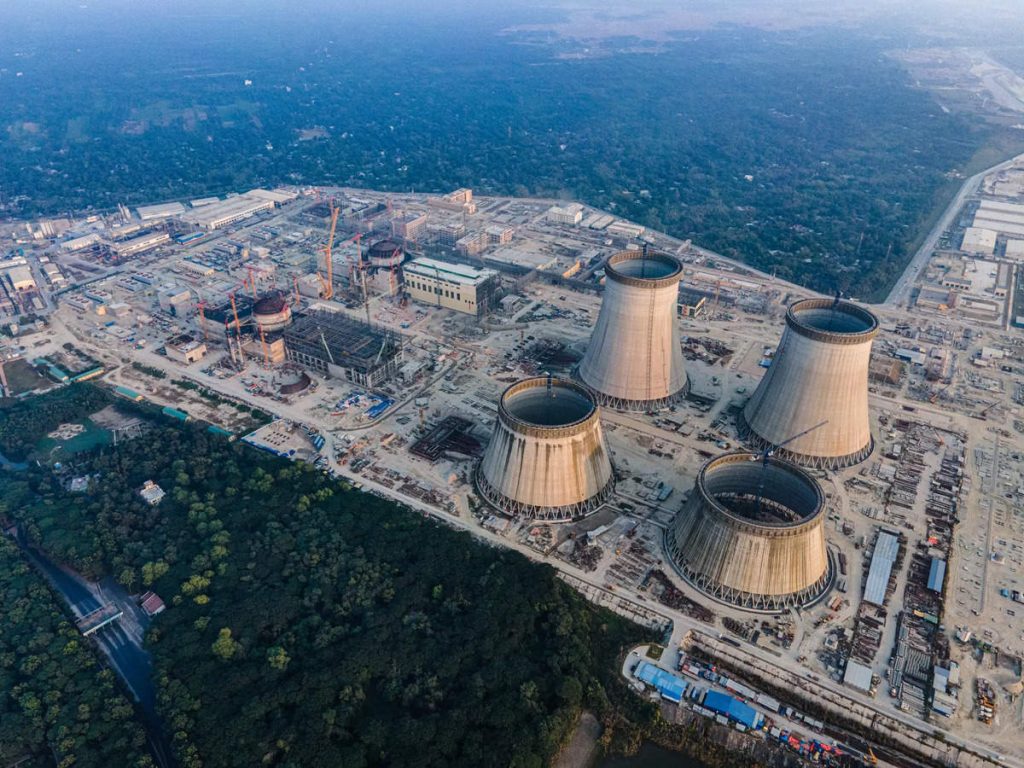
The article explores Amazon’s involvement in advanced nuclear technology and its potential benefits. It examines how these reactors could meet growing energy demands and their economic impact, including job creation. The piece also discusses the challenges and regulatory hurdles faced by this emerging technology. Lastly, it considers the broader implications of Amazon’s investment for the future of clean energy and climate change mitigation efforts.
Amazon’s Investment in Small Modular Reactors
Amazon has taken a significant step towards achieving its climate goals by investing in advanced nuclear technology. The e-commerce giant has announced partnerships with several companies to develop and deploy small modular reactors (SMRs) across the United States. This move demonstrates Amazon’s commitment to reducing greenhouse gas emissions and transitioning to carbon-free energy sources.
Partnership with Energy Northwest
Amazon has entered into an agreement with Energy Northwest, a public power agency in Washington state, to fund efforts towards the development and deployment of SMR technology. The initial project aims to build four SMRs, generating about 320 megawatts of capacity, with an option to increase to 12 units and 960 megawatts. This expansion could potentially power the equivalent of more than 770,000 U.S. homes.
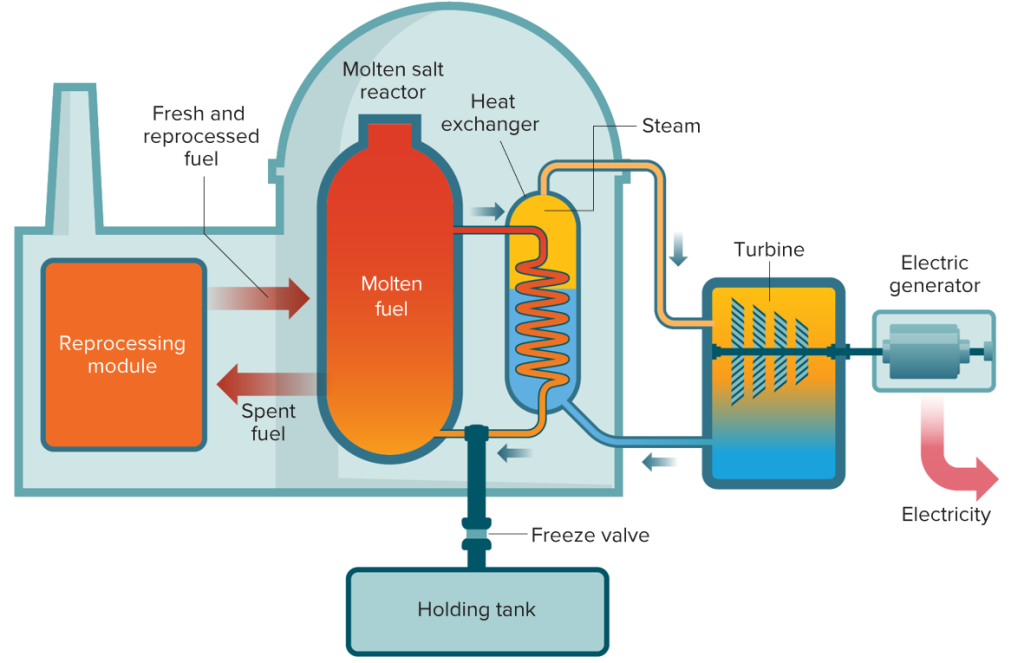
The project is planned to be located near Energy Northwest’s Columbia Generating Station nuclear energy facility in Richland, Washington. Amazon will fund the initial feasibility phase of the SMR project, showcasing its dedication to advancing reliable, carbon-free energy solutions. Under this agreement, Amazon will have the right to purchase electricity from the first phase, while Energy Northwest will have the option to build additional modules.
Collaboration with X-energy
In a move to further its investment in advanced nuclear technology, Amazon has become a lead investor in X-energy, a developer of SMRs and fuel. The company’s Climate Pledge Fund is spearheading a INR 41882.85 million financing round for X-energy. This collaboration aims to accelerate the development of X-energy’s Xe-100 advanced small modular reactor and TRISO-X fuel, which are considered among the safest and most reliable clean energy technologies.
X-energy’s CEO, Clay Sell, emphasized the significance of this partnership, stating that Amazon and X-energy are poised to define the future of advanced nuclear energy in the commercial marketplace. The investment from Amazon will support the completion of X-energy’s reactor design and licensing, as well as the first phase of its TRISO-X fuel fabrication facility in Oak Ridge, Tennessee.
Agreement with Dominion Energy
Amazon has also signed a memorandum of understanding with Dominion Energy to explore the development of an SMR project near the company’s existing North Anna nuclear power station in Virginia. This agreement builds on the longstanding partnership between Amazon and other leading tech companies to accelerate the development of carbon-free power generation in the state.
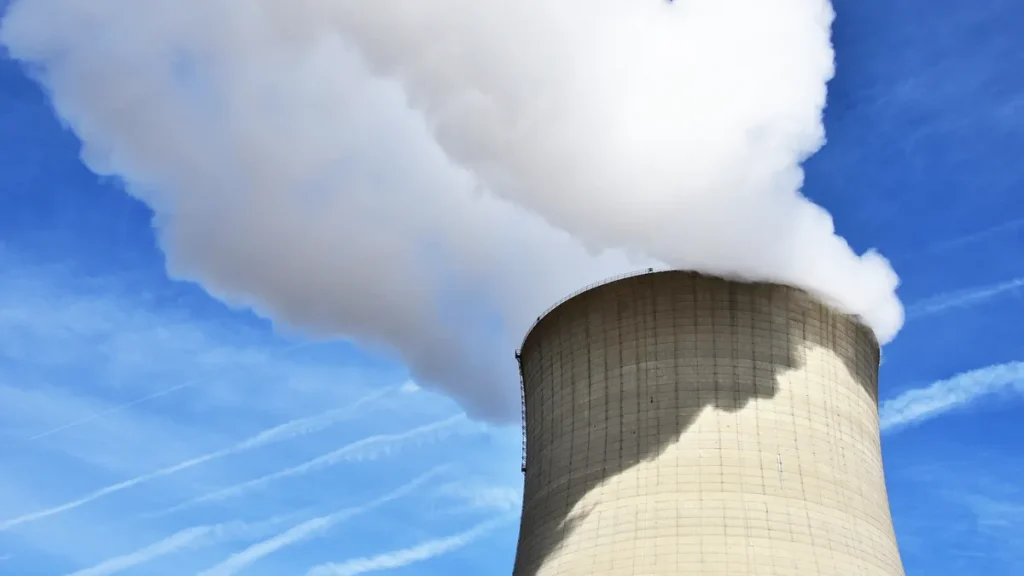
The collaboration with Dominion Energy has an impact on addressing the growing power demand in Virginia, which is increasing by more than 5 percent annually and is expected to double in the next 15 years. This partnership provides a potential path to advance SMRs with minimal rate impacts for residential customers and substantially reduced development risk.
Amazon’s investment in advanced nuclear reactors represents a significant shift in the company’s approach to renewable energy and nuclear power. By supporting the development of SMRs, Amazon aims to bring new sources of carbon-free energy to the grid cost-effectively and safely. This initiative aligns with Amazon’s commitment to achieve net-zero carbon across its operations by 2040 and serves as a crucial step towards meeting the growing energy demands of its data centers and artificial intelligence applications.
Benefits of Small Modular Reactors
Small Modular Reactors (SMRs) offer numerous advantages over traditional large-scale nuclear power plants, making them an attractive option for companies like Amazon in their pursuit of climate goals. These innovative reactors have an impact on various aspects of energy production and environmental sustainability.
Reduced Carbon Footprint
One of the primary benefits of SMRs is their potential to significantly reduce carbon emissions. A rapid uptake of SMRs could help avoid 15 gigatonnes of carbon dioxide emissions between 2020 and 2050. This substantial reduction in greenhouse gas emissions aligns with Amazon’s commitment to achieving net-zero carbon across its operations by 2040. SMRs provide a clean energy alternative that can complement variable renewable energy sources, enabling a more sustainable and diversified energy mix.
Scalability and Flexibility
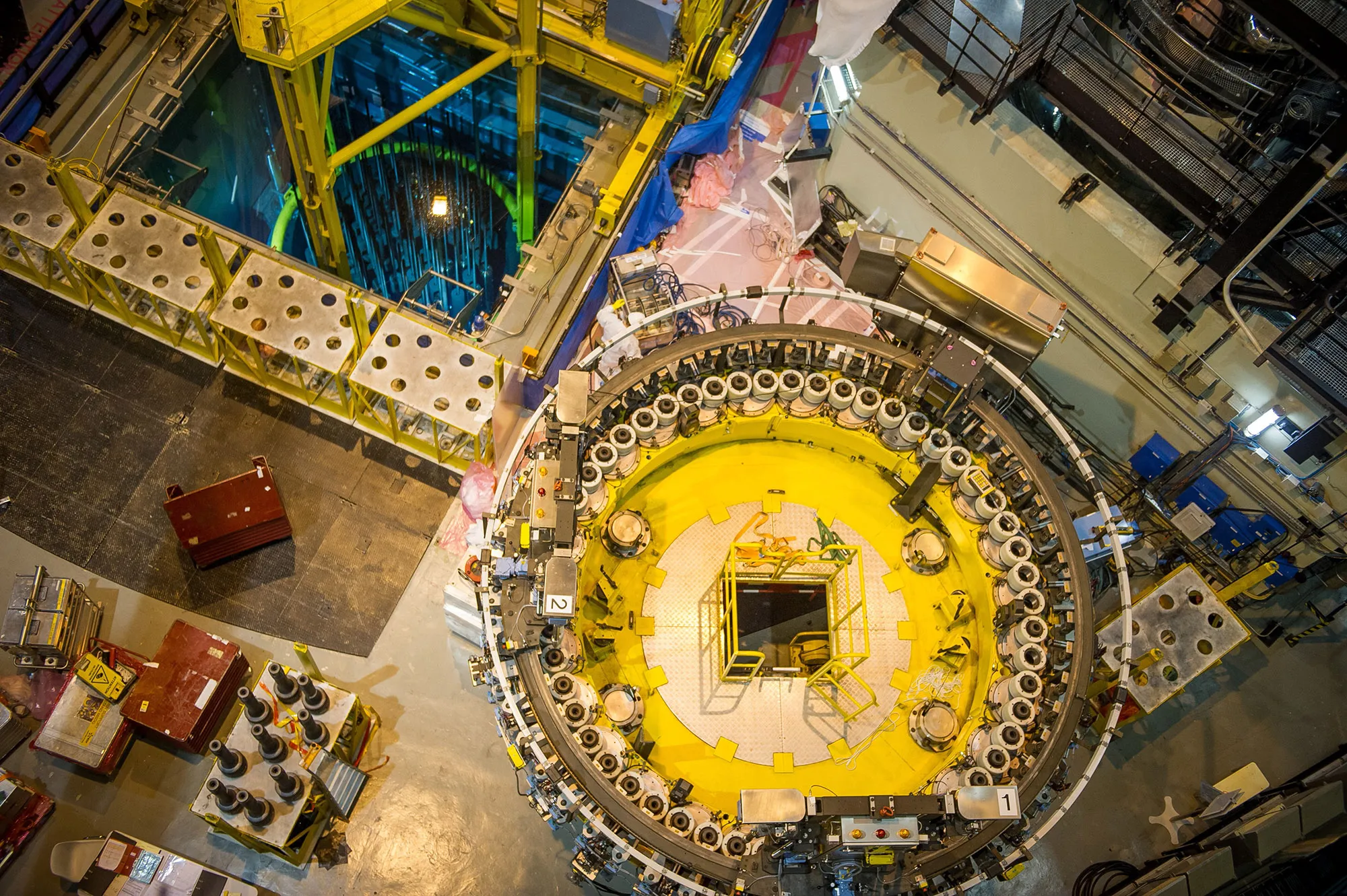
SMRs offer unparalleled scalability and flexibility compared to traditional nuclear reactors. Their modular design allows for easier expansion to match local power demands. This scalability has an impact on meeting the growing energy needs of companies like Amazon, particularly for powering data centers and artificial intelligence applications. SMRs can be deployed in locations unable to support large reactors, making them suitable for smaller electrical markets, isolated areas, and sites with limited water and acreage.
The flexibility of SMRs extends to their ability to complement existing power plants and industrial processes. They can be used to replace or repower retiring fossil fuel plants, utilizing existing transmission infrastructure. This adaptability has an impact on the transition to clean electricity while minimizing disruptions to the power grid.
Improved Safety Features
SMRs incorporate advanced safety features that enhance their overall reliability and security. Many SMR designs build on lessons learned from over 60 years of experience in the nuclear energy sector to improve safety and flexibility. These reactors often utilize passive safety systems, which do not require active interventions or backup power to safely shut down in case of an emergency.
The compact size of SMRs contributes to their enhanced safety profile. In the unlikely event of a severe accident, the radiological consequences would be much smaller compared to traditional nuclear power plants. Additionally, most SMRs are designed to be built below grade, further enhancing safety and security by addressing vulnerabilities to both sabotage and natural phenomena hazards.
Some SMR designs incorporate extended refueling cycles, with some reactors operating for 3-7 years between refueling, compared to the 1-2 years typical for large plants. This feature minimizes the transportation and handling of nuclear material, further reducing the risk of accidents and enhancing overall safety.
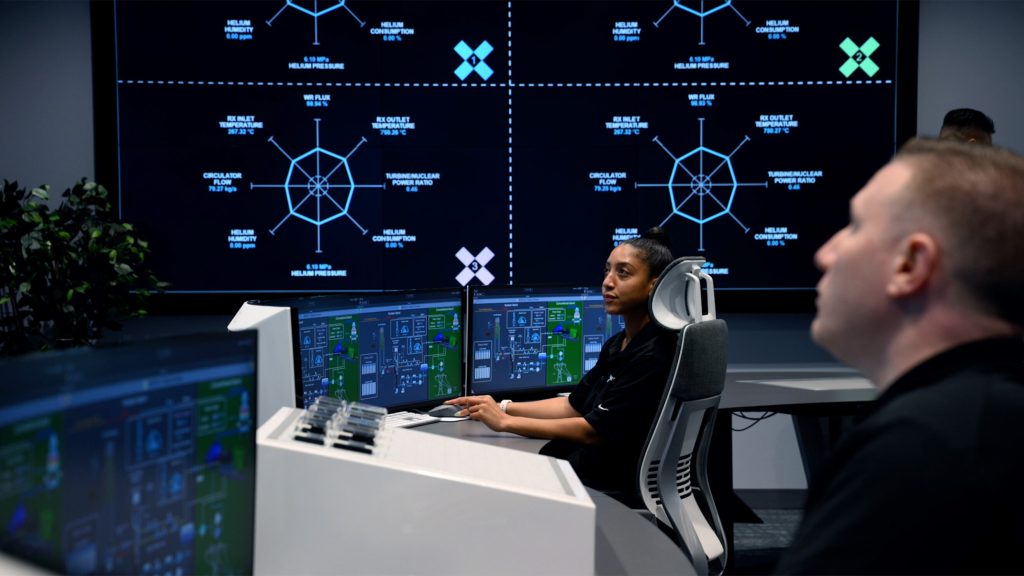
In conclusion, the benefits of Small Modular Reactors align well with Amazon’s advanced nuclear reactors and climate goals. Their reduced carbon footprint, scalability, flexibility, and improved safety features make them a promising solution for meeting growing energy demands while minimizing environmental impact. As Amazon continues to invest in these innovative technologies, it demonstrates a commitment to sustainable energy solutions that could have far-reaching effects on the future of clean energy production.
Meeting Growing Energy Demands
Amazon’s investment in advanced nuclear reactors, particularly small modular reactors (SMRs), is driven by the rapidly increasing energy demands of its data centers and cloud computing infrastructure. As the company expands its operations and embraces new technologies like artificial intelligence (AI), the need for reliable and sustainable power sources has become more pressing than ever.
Data Center Power Requirements
Data centers are the backbone of Amazon Web Services (AWS) and other cloud computing services, consuming vast amounts of electricity to operate and cool their equipment. These facilities now account for more than 1% of global electricity use, according to the International Energy Agency (IEA). The power consumption of data centers varies depending on their size and efficiency. Small data centers typically consume 1-5 MW of power, while large or hyperscale facilities can require 20 MW to over 100 MW.
The cost of downtime in data centers is substantial, with an average of INR 628242.78 per minute for facilities with an average area of 232 sq.m. This high cost underscores the critical need for uninterrupted power supply in data center operations. To ensure reliability, data centers often employ redundant power systems and cooling infrastructure, which can consume up to 50% of a facility’s total power.
AI and Cloud Computing Needs
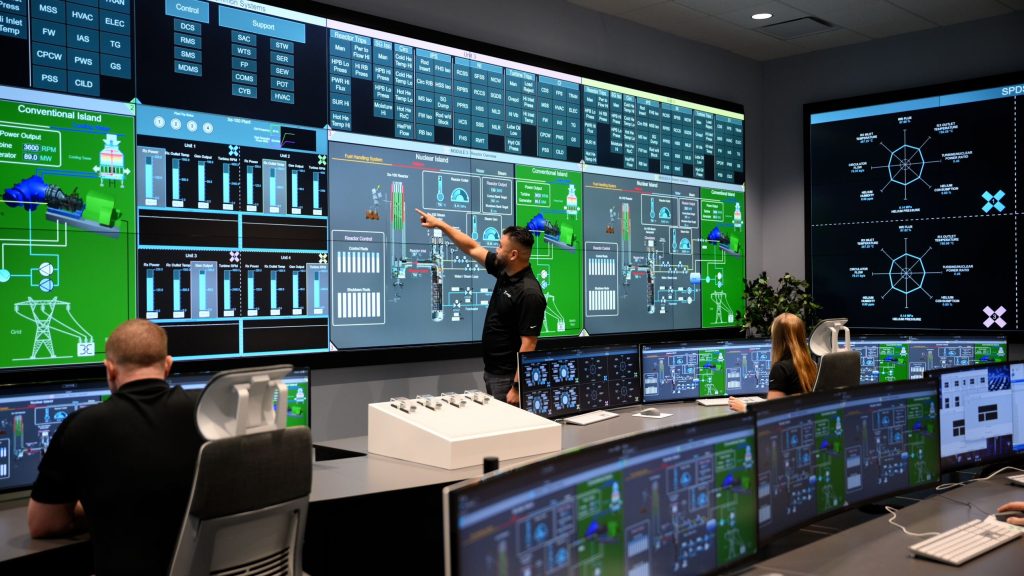
The rapid growth of AI and cloud computing has significantly increased the energy demands of data centers. AI applications, in particular, require substantial computing power and generate more data than traditional workloads. This has led to a surge in energy consumption, with AI-focused data centers requiring up to 60 kW or more per rack, compared to 5-10 kW for traditional setups.
The impact of AI on energy consumption is evident in the power usage of tech giants. In 2021, the combined electricity use of Amazon, Microsoft, Google, and Meta rose to around 72 terawatt hours (TWh). A study by Goldman Sachs suggests that AI applications could trigger a 160% jump in overall data center power needs, with a single ChatGPT query consuming nearly ten times as much electricity as a Google search.
Future Projections
The growing demand for data center services and the expansion of AI applications are expected to drive significant increases in energy consumption in the coming years. Global energy demand is projected to grow between 11% and 18% by 2050, with a substantial portion of this growth coming from emerging economies. The data center industry is likely to play a significant role in this increase.
To address these growing energy needs while meeting climate goals, Amazon and other tech companies are turning to advanced nuclear technologies like SMRs. These reactors offer several advantages over traditional power sources, including:
- Scalability: SMRs can be deployed in a modular fashion, allowing data centers to increase capacity as needed.
- Reliability: Nuclear power provides a consistent, baseload energy supply, crucial for maintaining uninterrupted data center operations.
- Carbon-free energy: SMRs align with Amazon’s goal of achieving net-zero carbon emissions across its operations by 2040.
Amazon’s partnerships with companies like X-energy aim to bring more than 5 gigawatts of new power projects online across the United States by 2039, enough to power more than one mid-sized city. This investment in nuclear energy is part of a broader strategy to meet the company’s expanding power needs while reducing its carbon footprint.
As the demand for data center services continues to grow, driven by AI and cloud computing, the energy landscape for tech companies like Amazon is likely to evolve rapidly. The integration of advanced nuclear reactors into their power mix represents a significant step towards meeting these challenges while pursuing ambitious climate goals.
Economic Impact and Job Creation
Amazon’s investment in advanced nuclear reactors, particularly small modular reactors (SMRs), has the potential to generate significant economic benefits and create numerous job opportunities across various sectors. This initiative aligns with the company’s climate goals while also contributing to local and national economic growth.
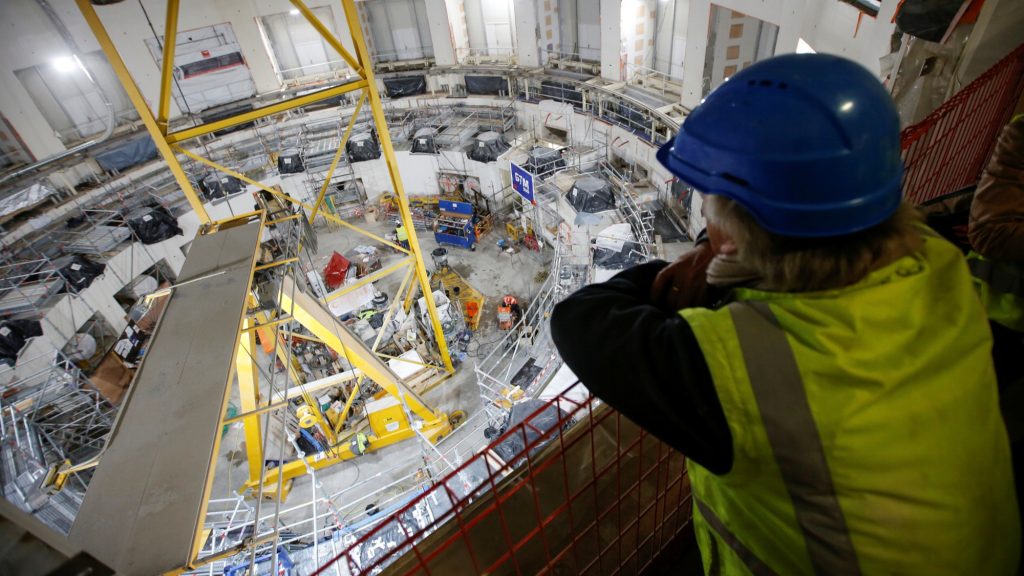
Construction and Operational Jobs
The development and deployment of SMRs are expected to create a substantial number of jobs in both the construction and operational phases. According to industry estimates, private investment in nuclear power plants has resulted in approximately 15,000 clean energy jobs over the past few years. When under construction, nuclear power plants can create as many as 3,500 jobs. These figures highlight the potential for significant employment opportunities as Amazon advances its nuclear energy projects.
Once operational, SMRs continue to provide stable employment opportunities. The average nuclear plant supports a permanent workforce of 450-700 employees and an additional 200-600 temporary workers to support various efforts, including refueling. These jobs often come with higher than average salaries, contributing to the economic well-being of local communities.
Local Community Benefits
The economic impact of SMRs extends beyond direct employment, bringing numerous benefits to local communities. Nuclear power plants can act as economic multipliers, directly employing an average of 500 people from the local community and generating an additional 500 jobs in the local area from businesses and services that support the plant. This ripple effect has an impact on various sectors, including grocery stores, dry cleaners, restaurants, and other local businesses.
Furthermore, nuclear power plants contribute significantly to local tax revenues. The additional tax dollars generated at the local level can contribute as much as INR 2495.24 million to benefit schools, roads, and other infrastructure. In their respective counties, nuclear plants typically support 20-30% of employment and up to 35% of total income, and they can fund half of their respective county and school budgets through taxes and fees.
Interestingly, home values tend to be higher around nuclear power plants, especially when compared to fossil-fueled power plants. The mean disparity in home value between properties near nuclear plants as compared to coal facilities is INR 3280348.74. This increase in property values can have a positive impact on local economies and homeowners.
Industry Growth Potential
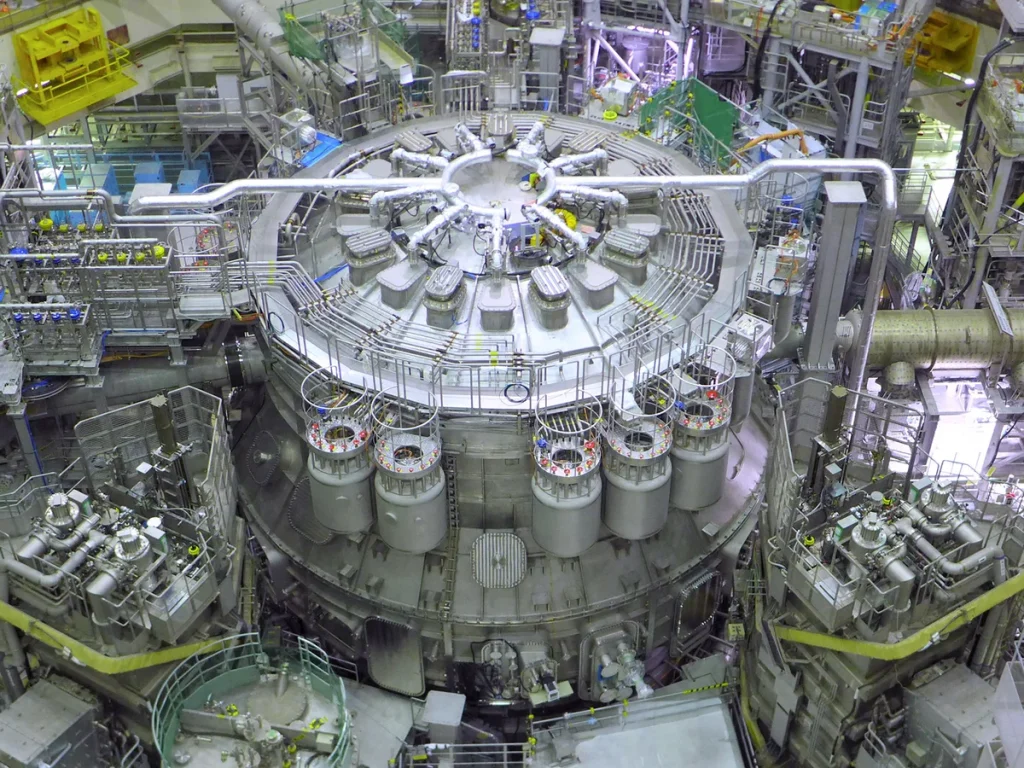
The investment in SMRs by companies like Amazon has the potential to drive significant growth in the nuclear industry. As more countries and companies commit to net-zero emissions targets, the demand for clean, reliable energy sources is likely to increase. In the International Energy Agency’s Net Zero Emissions by 2050 Scenario, nuclear power capacity is projected to double from 413 GW in early 2022 to 812 GW in 2050.
This growth in the nuclear industry could lead to increased investment and job creation. Annual global investment in nuclear power is expected to rise from INR 2495242.78 billion during the 2010s to over INR 8317475.93 billion by 2030. This surge in investment has an impact on creating new opportunities for workers across various skill levels and disciplines.
However, it’s important to note that the successful long-term deployment of SMRs hinges on strong support from policymakers and regulators to leverage private sector investment. Adapting and streamlining licensing and regulatory frameworks to take SMR attributes into account is key to realizing the full economic potential of this technology.
In conclusion, Amazon’s investment in advanced nuclear reactors as part of its climate goals has the potential to create substantial economic benefits and job opportunities. From construction and operational jobs to local community benefits and industry growth, the impact of this initiative extends far beyond the company itself, contributing to broader economic development and the transition to clean energy.
Challenges and Regulatory Hurdles
Despite the potential benefits of Amazon’s advanced nuclear reactors in achieving climate goals, the deployment of Small Modular Reactors (SMRs) faces several challenges and regulatory hurdles. These obstacles have an impact on the timeline and cost of SMR projects, potentially affecting their overall economic viability.

Licensing and Approval Process
The licensing process for SMRs presents a significant challenge due to the novelty of the technology and the existing regulatory framework. The International Atomic Energy Agency (IAEA) has formed the SMR Regulators Forum to address key regulatory challenges that may emerge in future SMR regulatory discussions. This forum aims to facilitate efficient validation of safety and progression of regulatory activities.
One of the main issues is the need for international harmonization of licensing processes and regulatory requirements. The current regulatory approval processes were not designed for advanced nuclear technologies and manufacturing capabilities. This lack of alignment can lead to delays and increased costs for SMR developers.
To address these challenges, some regulatory bodies are adapting their approaches. For instance, the Office for Nuclear Regulation (ONR) in the UK has introduced new flexibilities into its Generic Design Assessment (GDA) process to enable the assessment of innovative Advanced Nuclear Technologies. Similarly, the U.S. Nuclear Regulatory Commission (NRC) has developed guidance documents to facilitate the licensing process for non-light water reactor designs, which could significantly reduce regulatory uncertainty for new reactor concepts.
Public Perception
Public acceptance of SMRs has an impact on their deployment, particularly when it comes to locating these reactors near residential areas. A study on public perceptions of nuclear power suggests that acceptance is influenced by factors such as knowledge of technology, fear of nuclear energy, trust in the government, and media exposure.
Interestingly, the study found that women are less likely to accept SMRs located close to their residence compared to men. Additionally, concerns about climate change surprisingly reduced support for SMRs, highlighting the complex relationship between environmental concerns and nuclear energy acceptance.
To address these perception issues, more educational efforts are needed to inform the public about the specifics of SMR technology and its environmental effects. The role of mass media, both traditional and new, has generally been positive in shaping public opinion on SMRs.
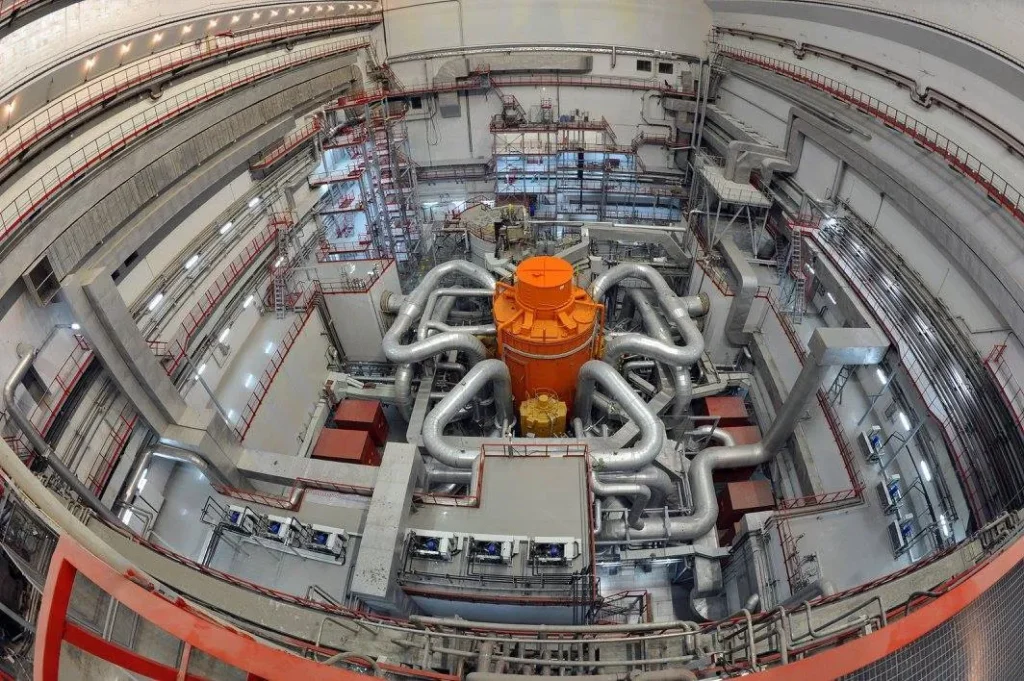
Cost Considerations
The economic viability of SMRs has an impact on their deployment and competitiveness with other energy sources. While smaller SMRs may initially face higher costs due to economies of scale, they possess significant potential for cost reduction driven by reduced construction time and learning effects.
A study by Idaho National Laboratory projects a high-case scenario for SMRs with a learning rate of 15% per cumulative doubling of units. In such an optimistic scenario, the deployment of 32 SMR units could lead to an overnight construction cost reduction of 55.6%.
However, the future cost prospects of SMRs have been debated in recent literature. Some experts argue that SMRs need to achieve higher cost reductions than their initial higher costs to become competitive with large reactors. The key to achieving high learning rates is standardized design with little or no variations between units.
To address these cost challenges, regulatory bodies are exploring ways to streamline processes and reduce costs. For example, the NRC has approved a proposed rule to streamline the National Environmental Policy Act review process for advanced nuclear reactors, which could reduce the costs of environmental reviews by 20-45%.
In conclusion, while Amazon’s investment in advanced nuclear reactors shows promise for achieving climate goals, the industry must overcome significant challenges related to licensing, public perception, and costs. Addressing these issues will require collaboration between regulators, industry stakeholders, and the public to create a supportive environment for the development and deployment of SMRs.
Conclusion
Amazon’s venture into advanced nuclear reactors marks a significant step in the pursuit of climate goals and sustainable energy solutions. The company’s investment in small modular reactors has an impact on meeting growing energy demands, particularly for data centers and AI applications, while reducing carbon emissions. This move also has the potential to create numerous job opportunities and bring economic benefits to local communities, showcasing the broader implications of corporate climate initiatives.
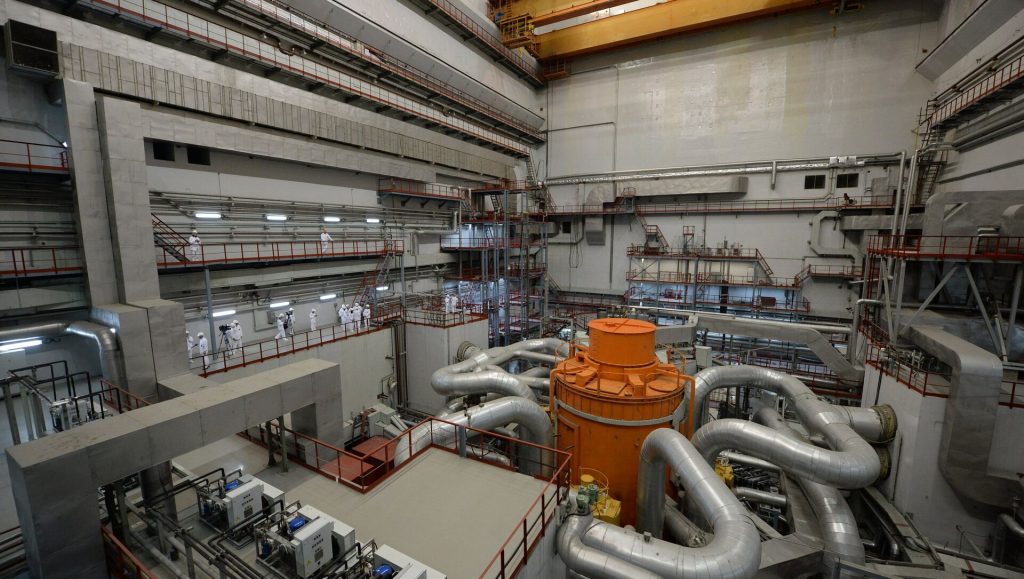
However, the path forward is not without its challenges. Regulatory hurdles, public perception issues, and cost considerations need to be addressed to ensure the successful deployment of this technology. As Amazon continues to explore and invest in advanced nuclear solutions, it paves the way for other companies to follow suit, potentially leading to a revolution in clean energy production and climate change mitigation efforts. This bold step by Amazon could be a game-changer in the fight against global warming and the transition to a more sustainable future.
FAQs
What is the impact of nuclear energy on climate change? Nuclear energy plays a significant role in mitigating climate change by preventing substantial amounts of carbon dioxide emissions. Since 1971, nuclear power has offset around 66 gigatonnes of carbon dioxide, which is roughly equivalent to two years’ worth of global emissions, according to the Nuclear Energy Agency (NEA) in 2020. The nuclear sector continues to be pivotal in ongoing efforts to combat climate change.
Is nuclear energy utilized by Amazon for its energy needs? Amazon does not currently include nuclear energy as part of its renewable energy objectives. Although nuclear power is a source of carbon-free energy, Amazon’s involvement primarily allows it to utilize between 480 and 960 megawatts from a larger 2,500 megawatt nuclear facility, rather than directly contributing to its renewable energy tally.



